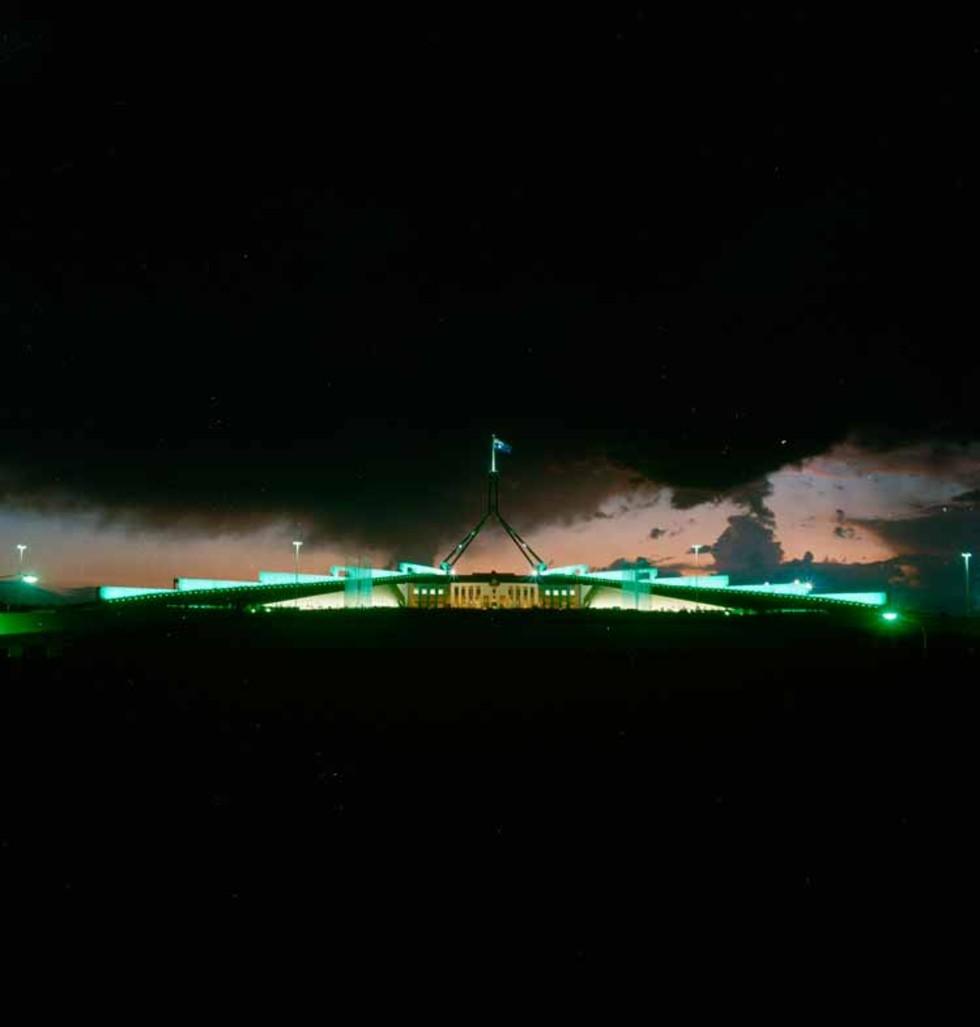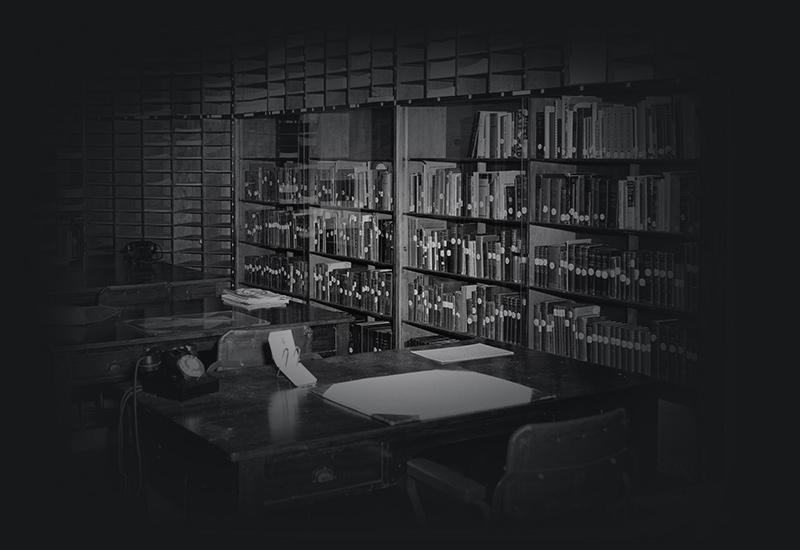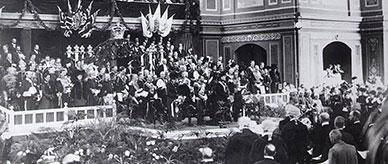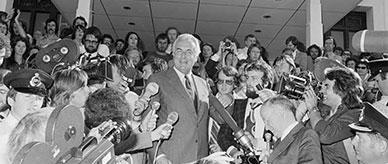


About this record
This colour photograph, taken around 25 March 1988, shows a distant view of Australia's newly constructed Parliament House, the seat of federal parliament. Taken from the north, it shows Parliament House lit up against a moody sky at twilight, just a few weeks before its official opening. The northern face of the building and the dividing walls that flank it on each side can be seen. The photograph is dominated by a dark foreground and sky, but a dramatic strip of clouds lit by the sunset frames the building itself. A flag flies high above the building on a large flagpole.
Educational value
- This dramatic view of the then new Parliament House illustrates the building's functions as a symbol of democracy and a source of national pride. It nestles within Capital Hill rather than on top of it, suggesting that it is a democratic building rather than one that dominates the city. Low walls extend into the forecourt to welcome visitors to the public areas, creating a sense of the building being open and accessible to the public.
- The photograph reveals something of the massive dimensions of Parliament House, a source of criticism from some. Even though one-fifth of its area is open to the public, the size of the new structure contrasts with the much smaller building it replaced, Old Parliament House. There, narrow corridors and small rooms not only gave the public and press greater access but brought opposing politicians into constant contact with each other, features that some saw as enhancing its function as a democratic space.
- The building shown here, intended to last at least 200 years, occupies 250,000 square metres and is set in an excavated hillside. It took seven years to build and cost almost $1.1 billion, with 90 per cent of the building being made from Australian materials. Construction began in 1980 and the photograph shows the building shortly before its opening by Queen Elizabeth II on 9 May 1988, the anniversary of the day the first Australian Parliament sat in Melbourne in 1901.
- The massive flagpole that dominates the building in the photograph is integral to its design. The Australian flag is attached to an 81 metre flagpole and can be seen flying 24 hours a day on Canberra's skyline, signifying the location of the seat of Australian democracy. The flagpole marks the exact centre of the Parliament House building and the apex of Canberra's Parliamentary Triangle as designed by Walter Burley Griffin (1876–1937), which is defined by three major roads: King’s Avenue, Commonwealth Avenue and Constitution Avenue, the base of the triangle.
- An international competition to find the best design for Australia's new federal parliament building, announced in 1978, attracted 329 entries from 28 countries, with the firms of Mitchell/Giurgola and Thorpe Architects providing the winning entry. An Australian (Richard Thorpe) was part of the architectural team as the competition rules stipulated, but the winning design was primarily the work of Italian-American architect Romaldo Giurgola (1920–).
Acknowledgments
Learning resource text © Education Services Australia Limited and the National Archives of Australia 2010.
Related themes
Need help with your research?
Learn how to interpret primary sources, use our collection and more.


